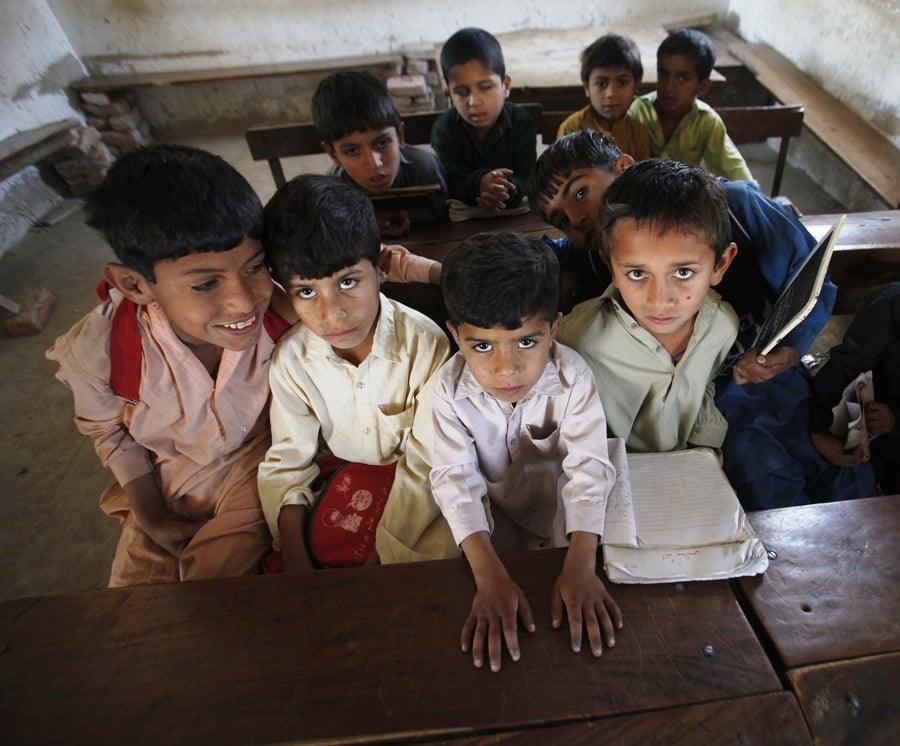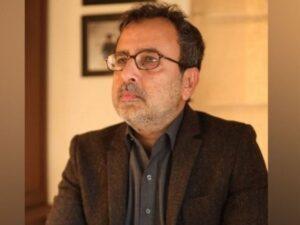Karachi:
In South Asia, the climate crisis has made monsoons harsher, heat waves more severe and floods more relentless – transforming nature’s wrath from a distant threat to an immediate reality, reshaping landscapes, disrupting lives and deepening vulnerabilities across a wide range of human concerns, including education.
According to a recent analysis by UNICEF, almost half of the quarter of a billion students in 85 countries that faced climate-induced disruptions in their schooling were from this region, which now bears the brunt of worsening environmental box. The impact on education, as documented by the UN agency, was staggering, with India topping the list with 54.78 million children facing academic disruption, followed by 35.38 million in Bangladesh, 26.23 million in Pakistan and 10, 91 million in Afghanistan. The region’s fragile education systems crumbled under the weight of intensifying heat waves, which became the single biggest driver of school closures worldwide.
In total, climate events affected an estimated 242 million students globally, from pre-primary through excess education, with 128 million in South Asia, where most disruptions occurred. Data from UNICEF reveals that more than 118 million students were affected by heat waves in April alone, making it the highest month for climate-related school closures across India, Bangladesh, Afghanistan and Pakistan. By May, temperatures in parts of South Asia had risen to 47 degrees Celsius, further exacerbating the crisis.
Common crisis
Despite the shared threat of climate change, South Asian nations have largely faced natural disasters in isolation, each grappling with the fallout independently. While extreme weather has wreaked unprecedented havoc on the region, a fragmented response has deepened the vulnerability of those most affected. Heat waves dominated South Asia’s climate crises, but intermittent floods and storms compounded the devastation, leaving countless schools inaccessible. In India, Bangladesh and Pakistan – landscapes where millions of children were already out of school – the situation was particularly dire. UNICEF has warned of cascading consequences, stressing that lost classrooms often lead to long-term setbacks for rural and underserved communities.
For Pakistan, a country on the front lines of the climate crisis, political instability may have shifted the focus of decision makers from tackling the pressing issue. “Tackling climate change effectively requires political consistency and the allocation of necessary funds for long-term mitigation and adaptation programs,” said Hassan Akbar, Pakistan Fellow at the Wilson Center. Political instability in Pakistan, he warned, has diverted daily attention from existential challenges like climate change and disrupted political continuity. “As South Asia faces extreme weather events as a common challenge, the lack of cooperation and regional action on climate change leaves the region less resilient,” Akbar added.
Looking ahead
In its analysis titled ‘Learning interrupted: a global snapshot of climate-related school disruption’, the UN agency called on governments to prioritize building and retrofitting schools to withstand extreme weather, with upgrades such as improved ventilation, solar-powered cooling systems and infrastructure designed to last floods and storms. It also recommended integrating climate change education into national curricula, empowering students to better understand and tackle future challenges. In addition, the agency emphasized the need for robust data collection systems to track the impact of climate hazards on education, arguing that such systems would help policymakers understand and mitigate disruptions.
When asked about the challenges across the region, Akbar pointed out, “One of the biggest obstacles is the lack of data sharing, which hampers both early warning systems and long-term scientific research into how the region’s shared ecosystem is evolving.”
As the world grapples with the compounding effects of climate change and educational disruption, Pia Rebello Britto, UNICEF’s Global Director for Education and Youth Development, warned that tackling both simultaneously is essential. Despite the bleak outlook, the UN agency stressed that solutions are within reach, but must be scaled up urgently.



